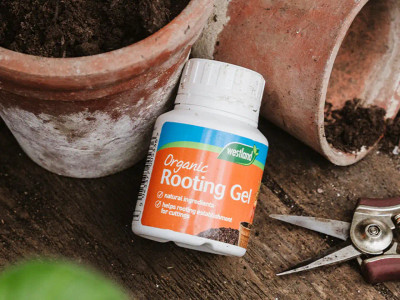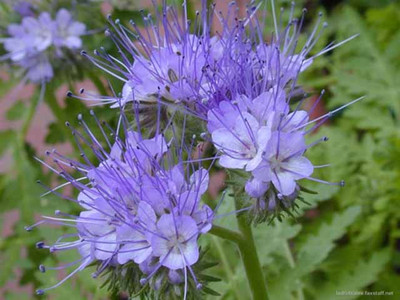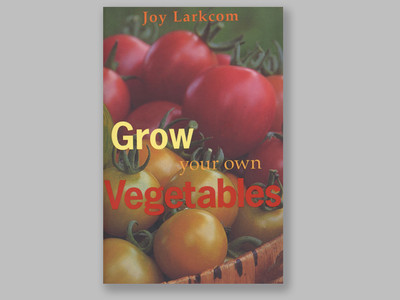Plant Roots and How They Work
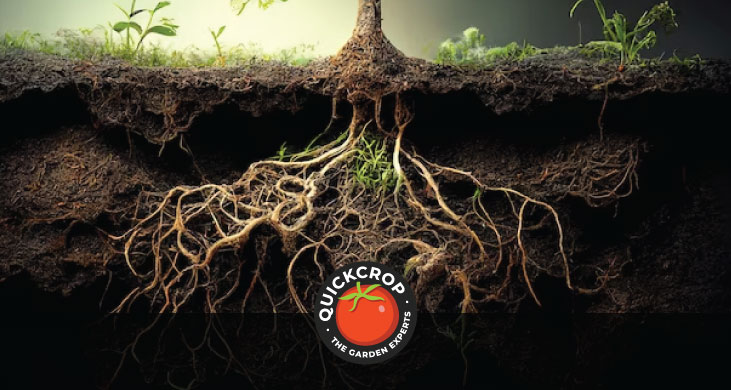
As we slip into the cooler weather of October there is very little we can sow now (apart from some cold tolerant Asian salads) so, as per last week's mail, it is mostly about preparing the garden for winter. I will add a garden update next week with some seasonal notes but today let's talk about what we are going to do all winter.
There are about 12 weeks from November until the end of January where precious little of interest happens in the garden. We do have a number of garden construction projects that I will be reporting on, but there won't be much about growing to cover so I have come up with the following plan:
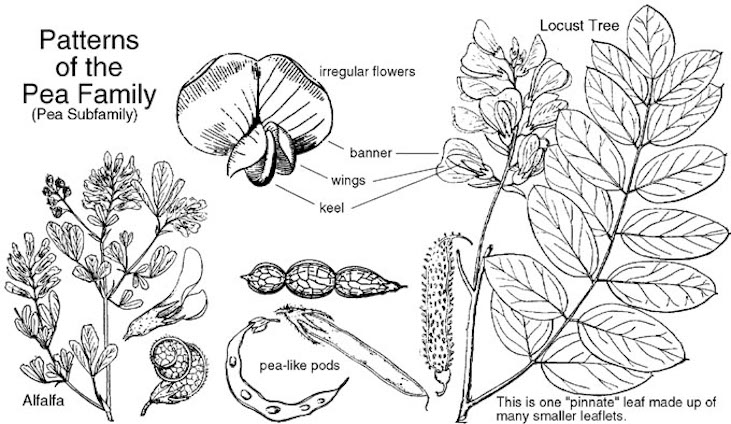
There were only three subjects that made any sense to me at school; art, English and biology. Maths was (and still is) some unfathomable alchemy that I am unable to comprehend but, for the most part, I have avoided any serious consequences.
The plan is to take one of the subjects I did understand and cobble together a series of articles on plant biology. Why? Because a good understanding of how plants work makes us better, more 'instinctive' gardeners. When we know what is going on inside a leaf, stem or root, we are more likely to make a good decision on plant welfare.
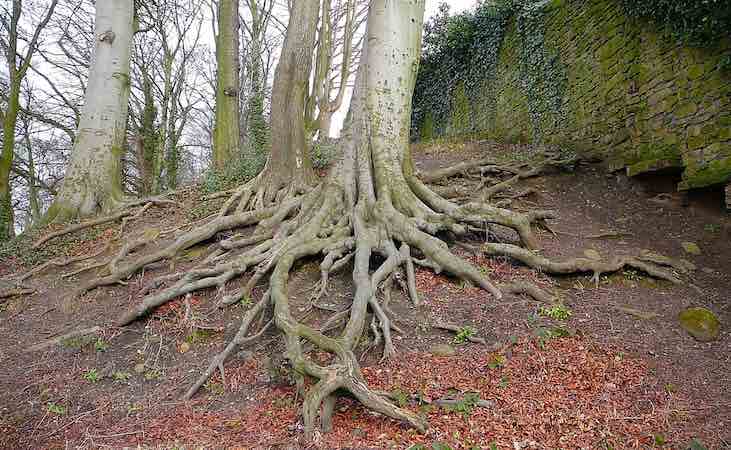
I would make the point before I start that I am an amateur grower only and that any information I give is a mix of things I have picked up in the garden over the years or have learned from true expert growers' texts (e.g. Joy Larkcom-Pollard or Charles Dowding). I also lean heavily on 'Raven Biology of Plants', which is a staple textbook for university plant biology courses and is widely regarded as the definitive introductory botany text. If you are interested in honing your knowledge of the plant kingdom, I highly recommend it.

Charles Dowding's Veg Journal
View Product
OK, let's start with roots
I figured that as we looked at soil health
last week (because now is the time to prepare your soil for next year's crops), we'd start at the bottom and look at plant roots.
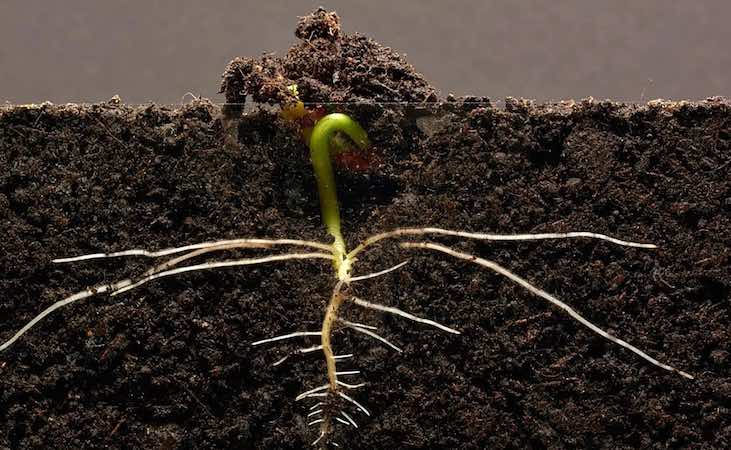
Root functions
When a seed germinates, the first structure to emerge is the root: as can be seen from the significant growth from the bean seedling roots above. When germinating seeds, we may be waiting for signs of life above the soil or compost without realising that there is already plenty going on below the surface.
It stands to reason that there is no point in putting up a shoot until there are roots present to support it, so we sometimes need to be patient. This is particularly relevant with autumn planted garlic cloves (though technically not a seed), as we may not see any shoots above ground until spring - yet roots will be establishing themselves underground.

Root functions
We will all be aware of the primary plant root functions: to anchor the plant to the ground and to absorb water and nutrients from the surrounding soil. Roots, however, also have a number of secondary functions. These include food storage, transport, and the manufacture of hormones and other compounds that may be used elsewhere in the plant or to influence the soil life in the plant's vicinity.
If you are a smoker or go around doing steam engine impressions with a vape (image above of someone pretending to be 'Flying Scotsman' departing London for Edinburgh with cylinder drain cocks open), you may be interested to know that the nicotine you are inhaling is produced in the roots of tobacco plants rather than the leaves.
The plant makes nicotine as an insecticide and moves it from below ground, up the stems and into the leaves in response to an attack. The compound is fatal to insects or small mammals while, given our size, we can tolerate the relatively low doses in a couple of leaves (although rolling them up and smoking them should do the trick over time).
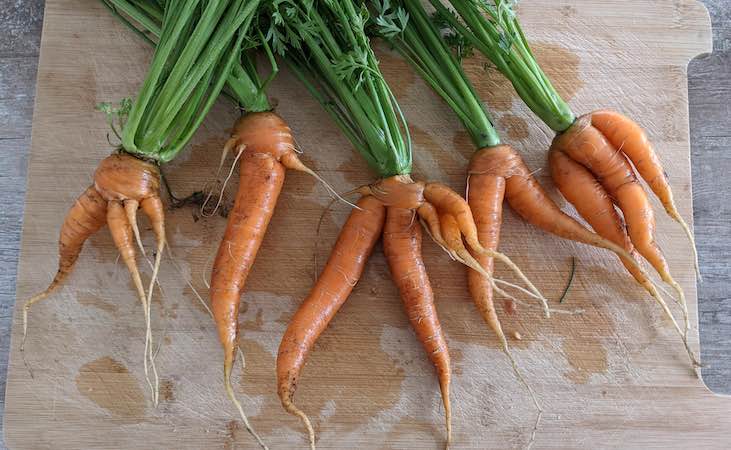
Root sensitivity
A growing root is extremely sensitive to its environment and will change direction as a response to gravity, light, temperature, moisture or nutrients in the soil. Changes in root direction are made at the growing tip, primarily as a result of varying concentrations of the plant hormone auxin. The response by roots to external stimuli is referred to as a tropism, with each one named relative to the stimulus e.g. geotropism (gravity), phototropism (light) or hydrotopism (water).
There are a number of reasons why tropisms are of interest to the vegetable grower, one of which is shown above. Chemotropism (also referred to as nutritropism) is a plant's response to nutrients, and will result in roots growing towards nutrient pockets in the soil. This is an advantage when growing a hungry cabbage plant but not so desirable in one of the specialised food storage roots, the carrot.
Of course, the carrot doesn't care if it's straight or not: it is just looking for the most fertile soil, so will change direction or produce new roots to take advantage of any food source. Chemotropism is therefore the reason why we don't manure a carrot bed before sowing (and introduce nutrient pockets) so we can try to avoid forked roots.
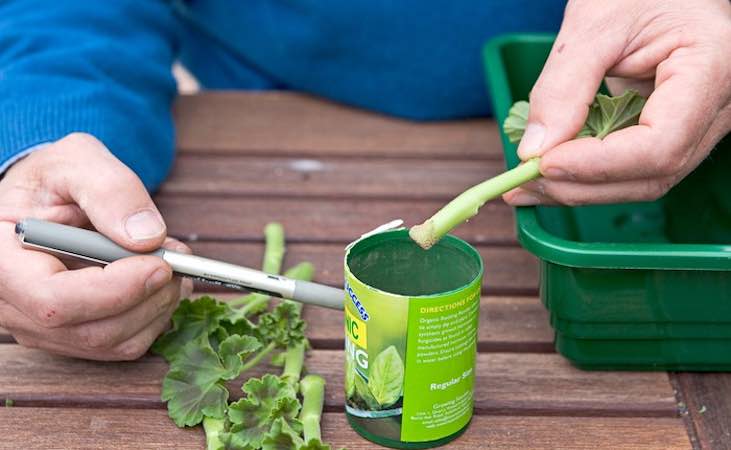
Plant hormones
As we've said, it is the hormone auxin that is mostly responsible for changes in root direction. It is the same hormone that controls growth above ground but, interestingly, different parts of the plant react to the same hormone in different ways. A shoot's response to auxin is to grow towards the light (to achieve more photosynthesis), while a root responds by growing away from the light and down into the soil (in search of water and nutrients).
Auxin is also responsible for stimulating root growth and for initiating lateral root growth in plants with a central tap root (almost all garden vegetables except sweetcorn). The reason, therefore, that we use rooting gels or powders when propagating cuttings is that they contain auxin and therefore speed up the establishment of a new root system.
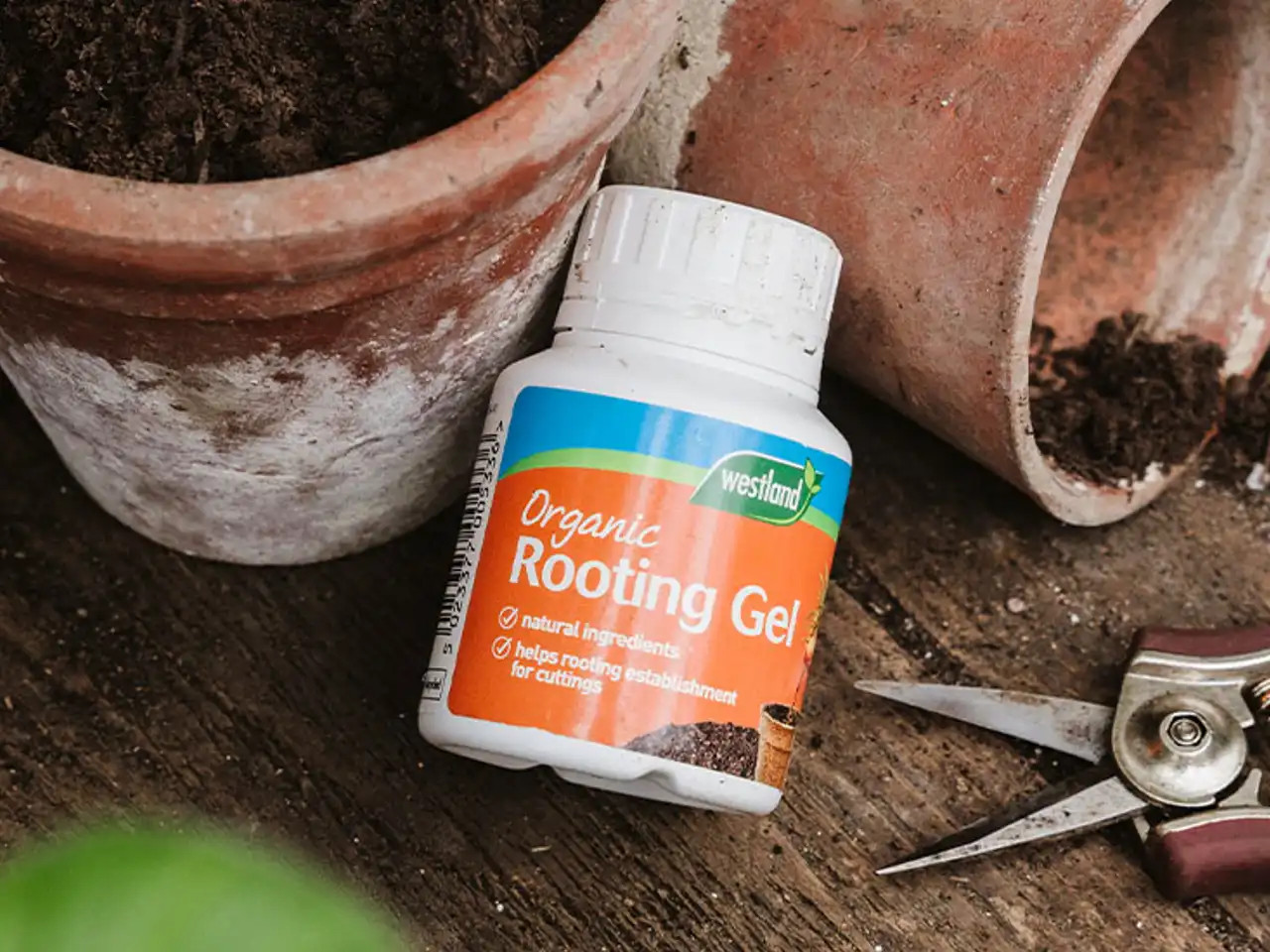
Organic Rooting Gel 150ml
View Product
Root Hairs
The portion of the root that moves or grows through the soil is actually very small; this includes the root tip and the 'area of elongation' behind it. The combined length of both may be only a few millimetres. The moving area of elongation is followed by the 'area of maturation' which is the part of the root containing the root hairs. Again, the root hair zone is relatively small - but it is the portion of the root that does most of the work in absorbing moisture and nutrients for the plant.
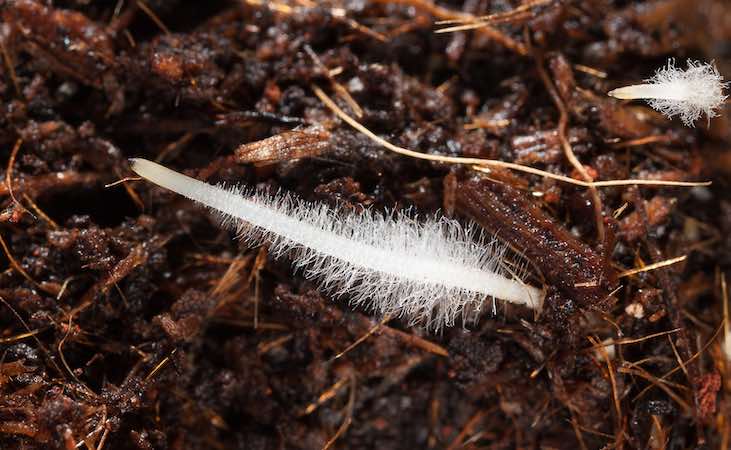
The root hairs are so small and so numerous that they make up a vast surface area relative to the amount of space they occupy. A four month old rye grass plant sports 14 billion root hairs with an absorbing surface of 400 square metres which, placed end to end, would span 10,000 kilometres.
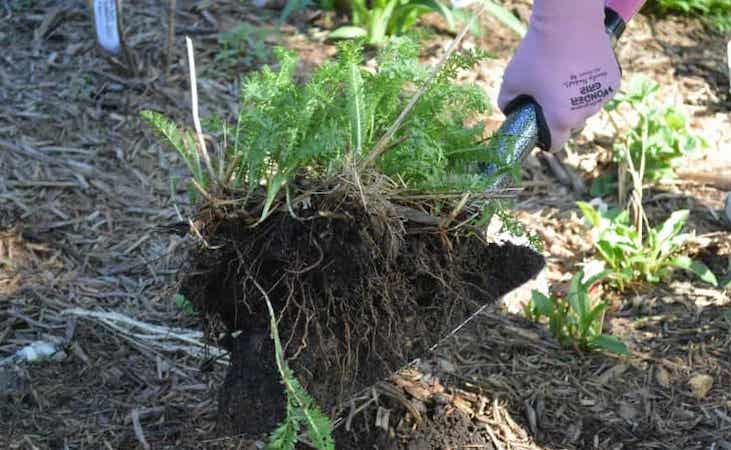
Given that root hairs are so small, it makes sense that the part of the root covered in root hairs stays static: otherwise the fine hairs would be broken off by friction as the root grows through the soil.
This is relevant to us when transplanting perennials, shrubs or trees and is why it is important to take a generous amount of soil when lifting the plant. If the plant is 'torn' from the soil rather than lifting with a decent sod, most of the root hairs will be left behind and the transplant will be slower to establish, if it survives at all.
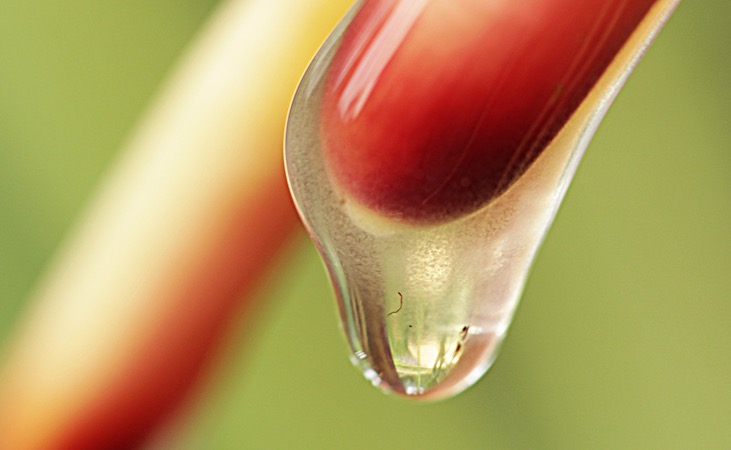
Root exudates
As a root grows, it exudes a sugary mucus from the growing tip to smooth its passage through the soil. This highly saturated polysaccharide gel also serves as a food source for the soil life around the plant, from which both parties benefit. The area of soil which is influenced by the action of exudates from plant roots is referred to as the rhizosphere.
If we bear in mind how big roots can be, and factor in the relationship with mycorrhizal fungi hyphae (we'll get to that in a minute), we can get an idea of how much influence roots have over the soil. A mature beech tree may have a root system up to 8 times the diameter of the canopy, while workers digging the Suez canal found acacia and tamarin roots as deep as 30 metres below the surface.
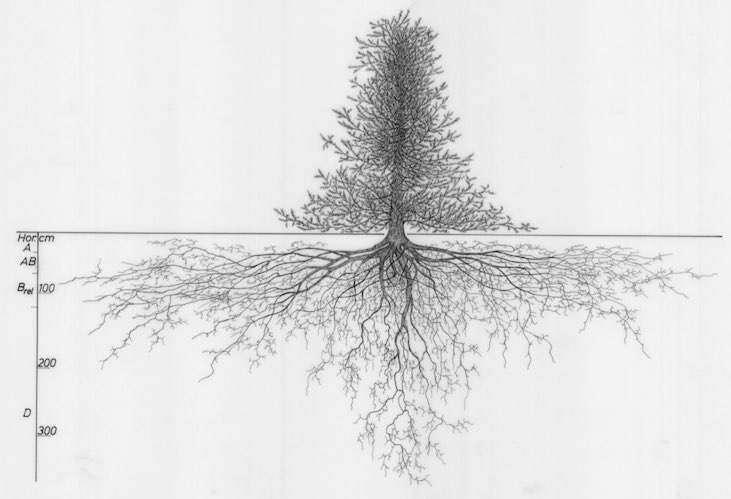
The rhizosphere is a busy place with massive populations of microorganisms that are supported by root exudates. These bacteria, protozoa algae and others become the lower rungs of the soil food chain that work up to larger beneficiaries like earthworms and insects. All these folks are respiring and excreting waste products which, as luck would have it, are perfectly balanced nutrients for your plants.
Root exudates also exert an influence on the rhizosphere. They maintain and support specific beneficial microbes and act as signals to attract symbiotic partners (e.g. rhizobia bacteria that process nitrogen in peas and beans). Roots also inhibit harmful microbes and secrete compounds that promote the growth of self and kin plants in the same family as themselves.
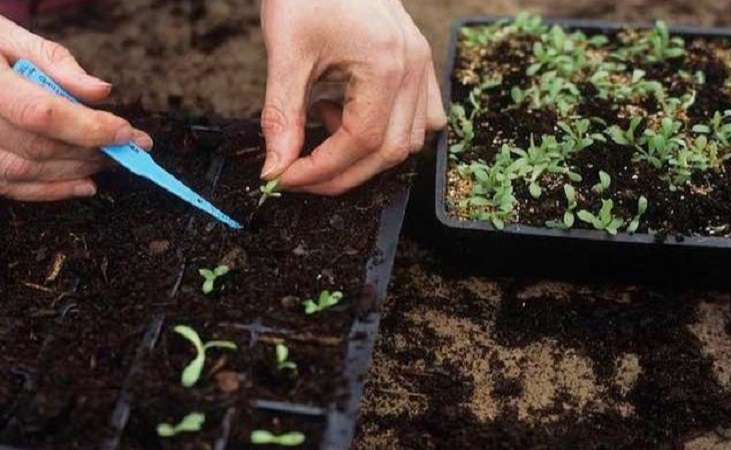
You may have noticed how trays of seeds that are sown closely together tend to do better than those sown in individual cells. As above, and under Charles Dowding's recommendation, I broadcast sow an increasing number of crops in open seed trays before pricking out the strongest seedlings and transplanting to modular trays.
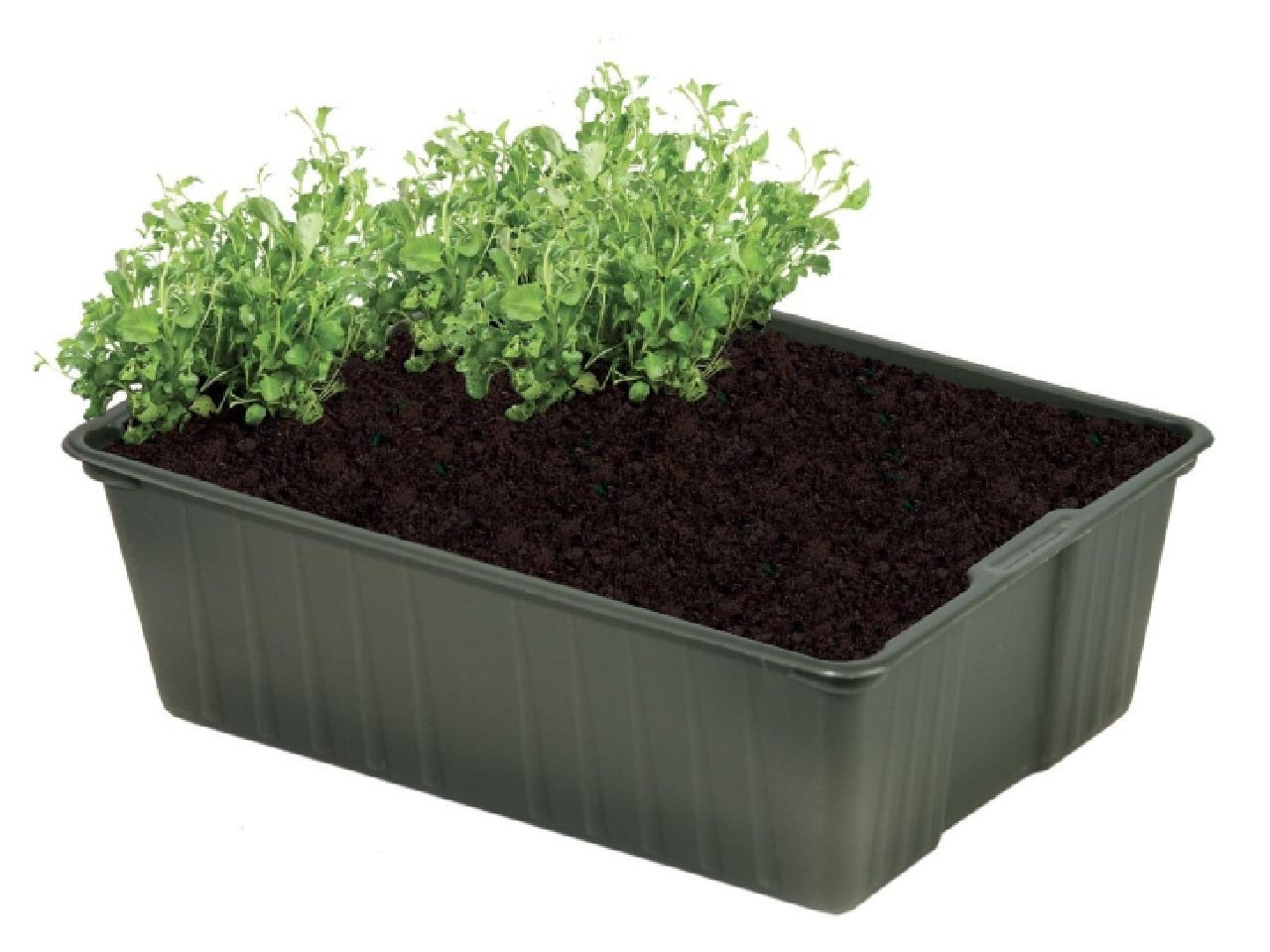
Bio Based Seed Tray - Pack Of 5
View ProductOne of the reasons for stronger germination and growth is that your closely spaced seedlings regulate moisture in the compost better (multiple plants can suck up a lot of water and overcome compost that is too wet), but it is also likely that the soil chemistry created by the seedling roots is mutually beneficial to the group.
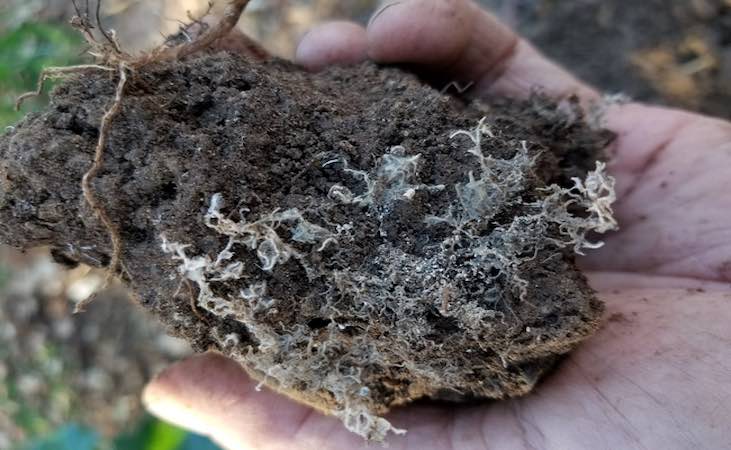
Root exudates and mycorrhizal fungi
The last in my list, and perhaps the most important for vegetable growers, is the relationship between plant roots and mycorrhizal fungi. I say for vegetable growers because, of all gardeners, we are the ones that disturb the soil the most as our beds are replanted once, or often twice in a season. The growing trend of 'no dig' gardening is designed to reduce soil disturbance and to protect these fungal networks.
I think what we have to get our heads around is that the relationship between mycorrhizal fungi and plant roots is so old (literally from the first plants) that we have to think of them as one and the same rather than separate entities. The fossil records show that it was likely fungal relationships that allowed the first plants to leave the oceans and colonise land. While the relationship between nitrogen fixing bacteria in legumes is 40 million years old, the symbiotic associations between plants and fungi stretch back 450 million years. That's a lot of years to get it right.
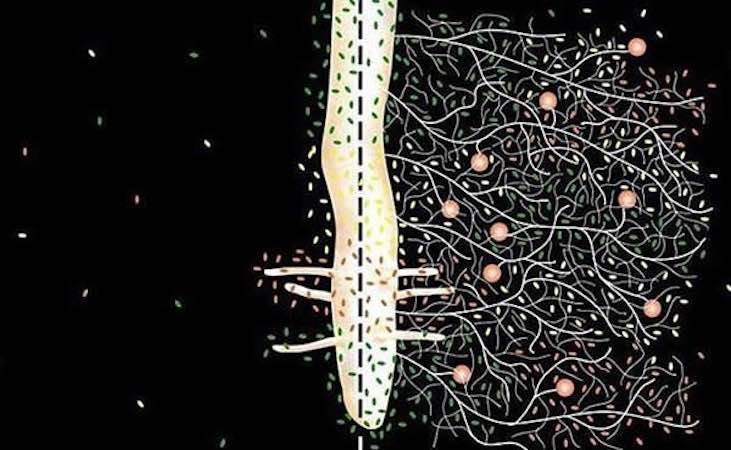
The symbiotic relationship between plants and fungi involves an exchange of sugars provided by the plant roots (in the form exudates) and nutrients (including phosphorus, nitrogen, zinc, iron, calcium, magnesium, manganese and sulfur) given in return by the fungi. Like Liam Neeson, mycorrhizal fungi has a 'very particular set of skills' which include the ability to break down rock (and release the minerals they contain) and to colonise vast areas of land.

Rootgrow Mycorrhizal Fungi 60g - 1kg Packs
View ProductThe word mycorrhiza comes from the Greek 'mukès' (fungus) and 'rhiza' (root) which is exactly how it functions. The fungal hyphae work as extensions to plant roots, and allow the plant to obtain water and nutrients from a far larger volume of soil than its own root system allows. Also, because the fungi is mining and supplying a comprehensive range of nutrients, plants will need fewer inputs from us in terms of plant feed. It is unfortunate therefore that modern farming methods break up mycorrhizal networks as it likely leads to heavier fertilizer applications than would otherwise be required.
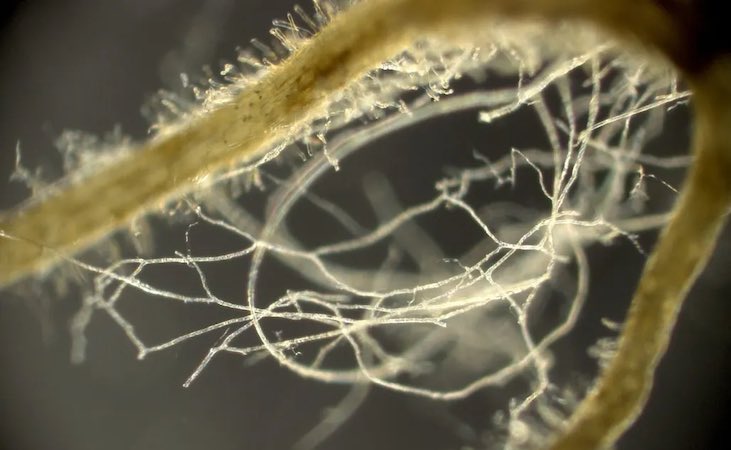
Another interesting point about mycorrhizals is that they are effective carbon sinks as they use large amounts of carbohydrate (hydrated carbon) for their metabolism and to grow their fungal biomass. Given that the fungi obtain their carbon from plant roots (the root sugars are carbohydrates), the carbon storage potential of reforestation, for example, will be increased as we must account for the carbon stored in the plant but also in the fungal network that it supports.

That's it
I hope my brief list gave some insight into the fascinating subject of roots and their interactions with the world around them. I suppose the point is that there is always more going on than you think, especially when we look at the bigger picture and how everything is linked together in a complex web.
For me, I have been encouraged to think more about cover crops, whether edible or green manures; I see what a vital role roots play in maintaining healthy soil by keeping it active and alive. I will certainly be making more effort to ensure my soil stays busy, by keeping it full of life-giving roots for as much of the season as possible.


